The Curator’s Journal by Bonsai Curator Arthur Joura offers the ultimate insider’s view of bonsai at The North Carolina Arboretum. Regular entries chronicle growing an art and growing an enterprise. Some journal entries will be long and others more brief; some will be mostly words and others mostly pictures; some will be close-up studies of detail and others will step back to take in the wider scene.
The path will not be linear, but all the entries will be steps on a journey. You’re invited to come along.
Preview the latest entries and resources offered below. With Joura as a knowledgeable guide, you can forgo the map and travel in time to meet remarkable trees, each with stories and life lessons worth sharing.
REcent Journal Entries
Explore Entries By Collection
People are often interested in a specific topic within the art of bonsai. The journal entries have been sorted to reflect that, making it easier for readers to find entries covering material they would like to read about in greater depth.
A SMALL Sampling OF Bonsai IN THE Arboretum’s COLLECTION

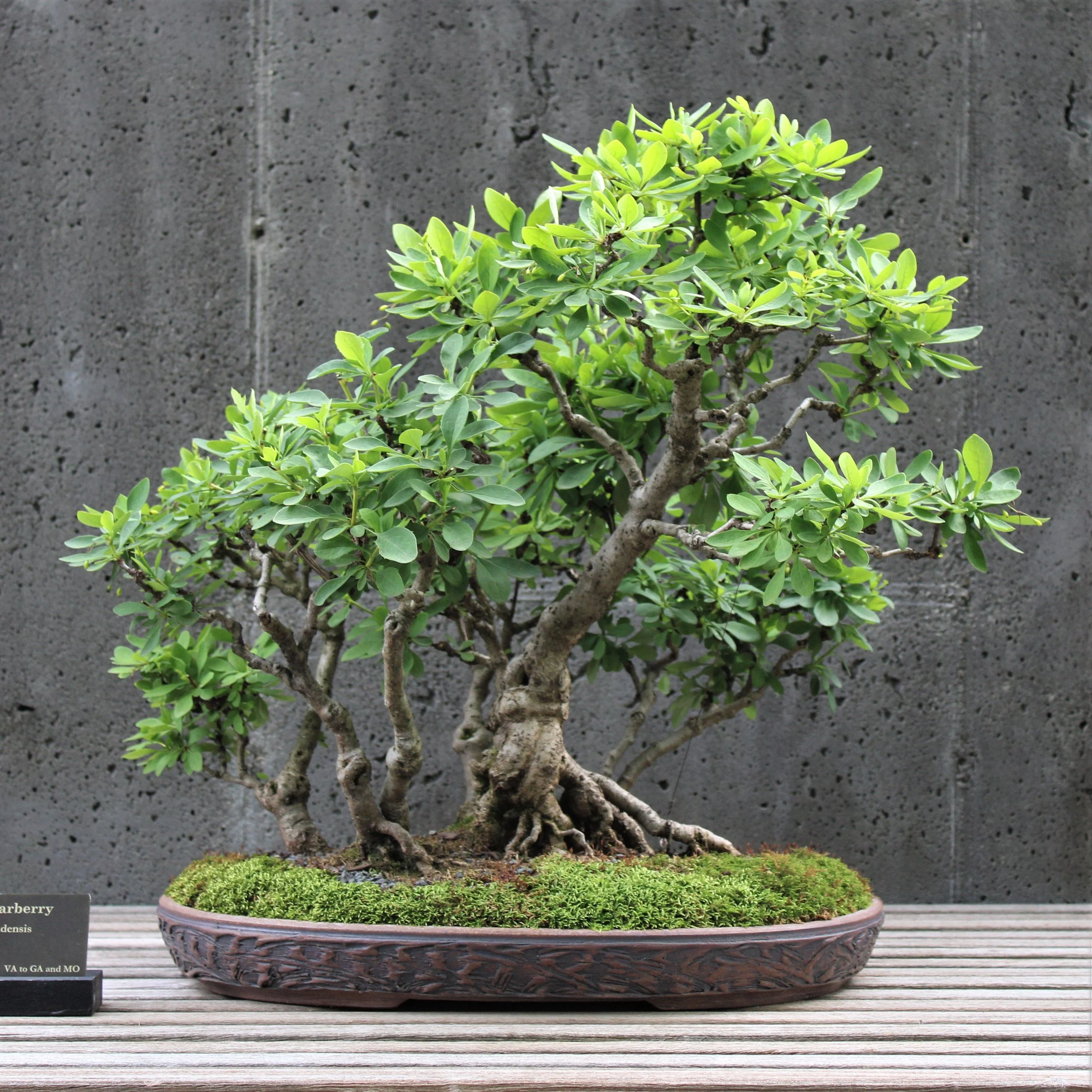


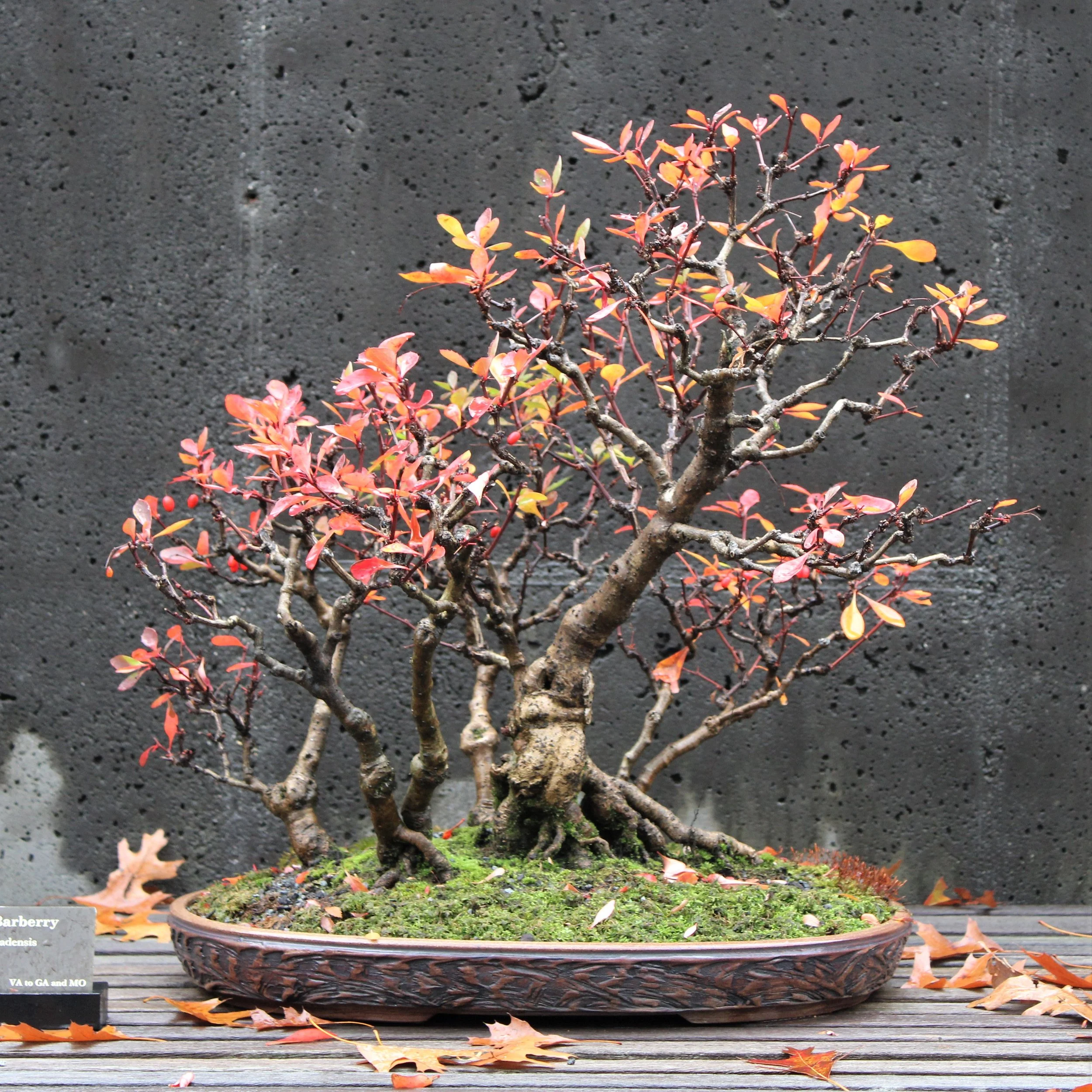


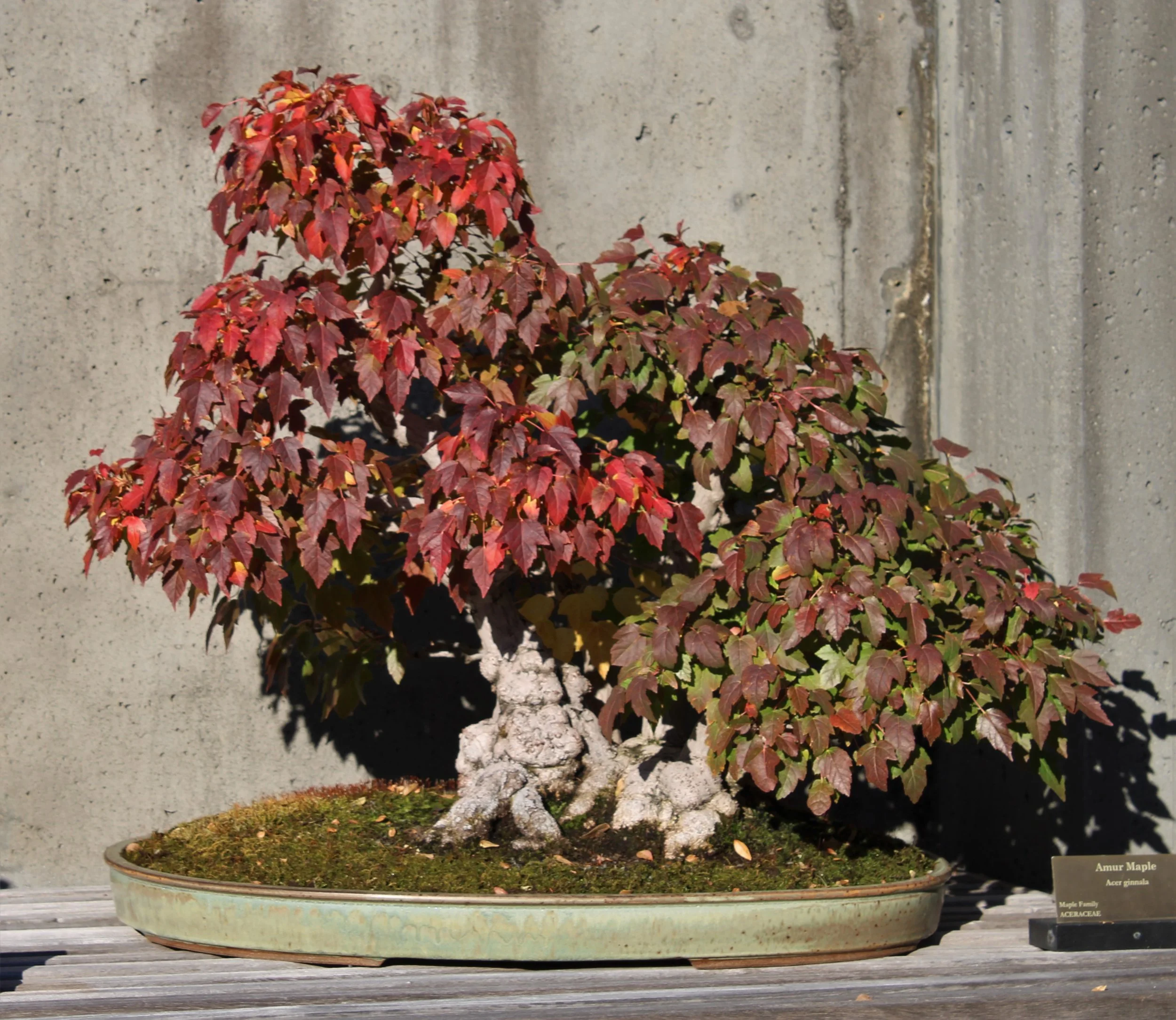
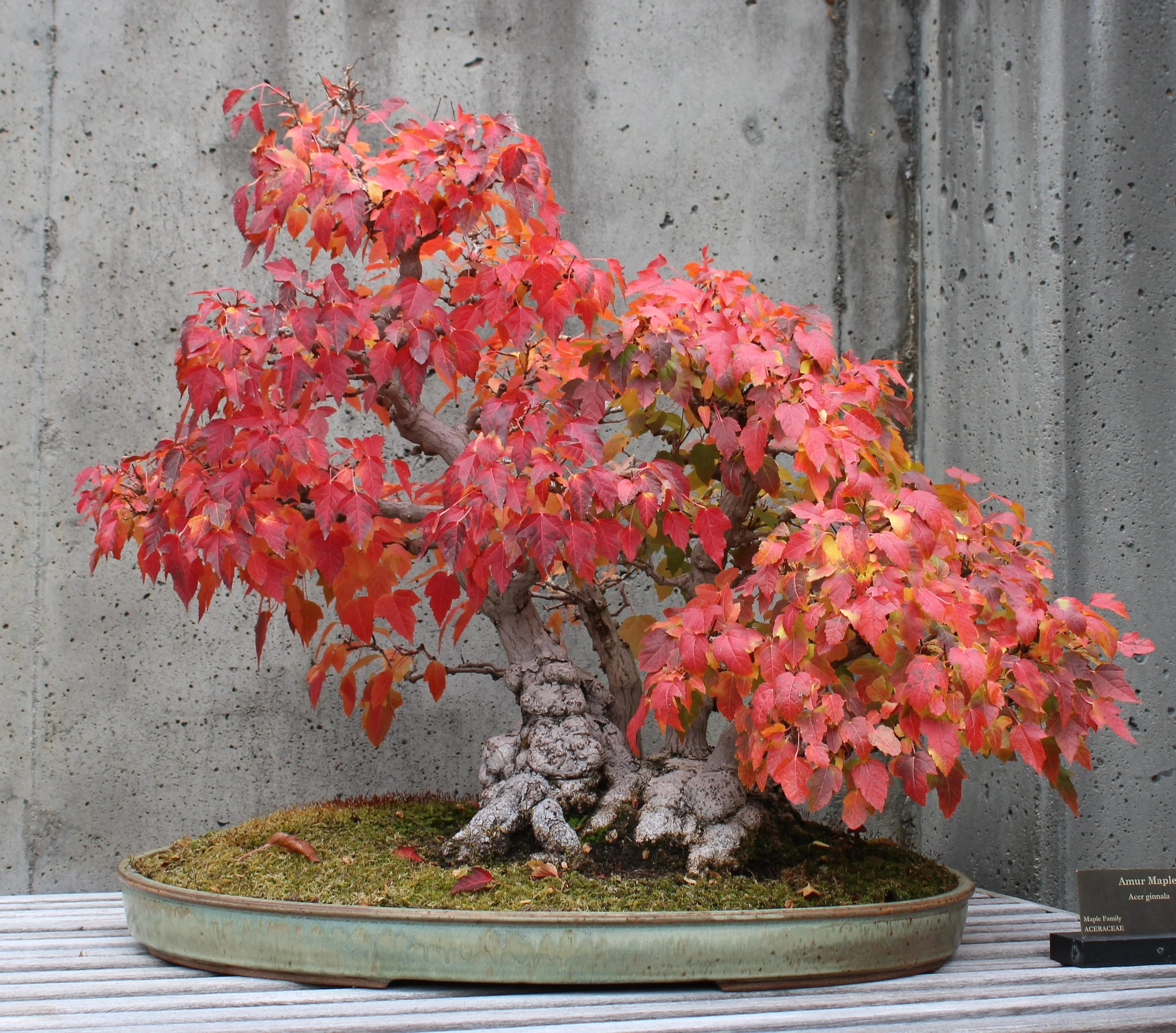

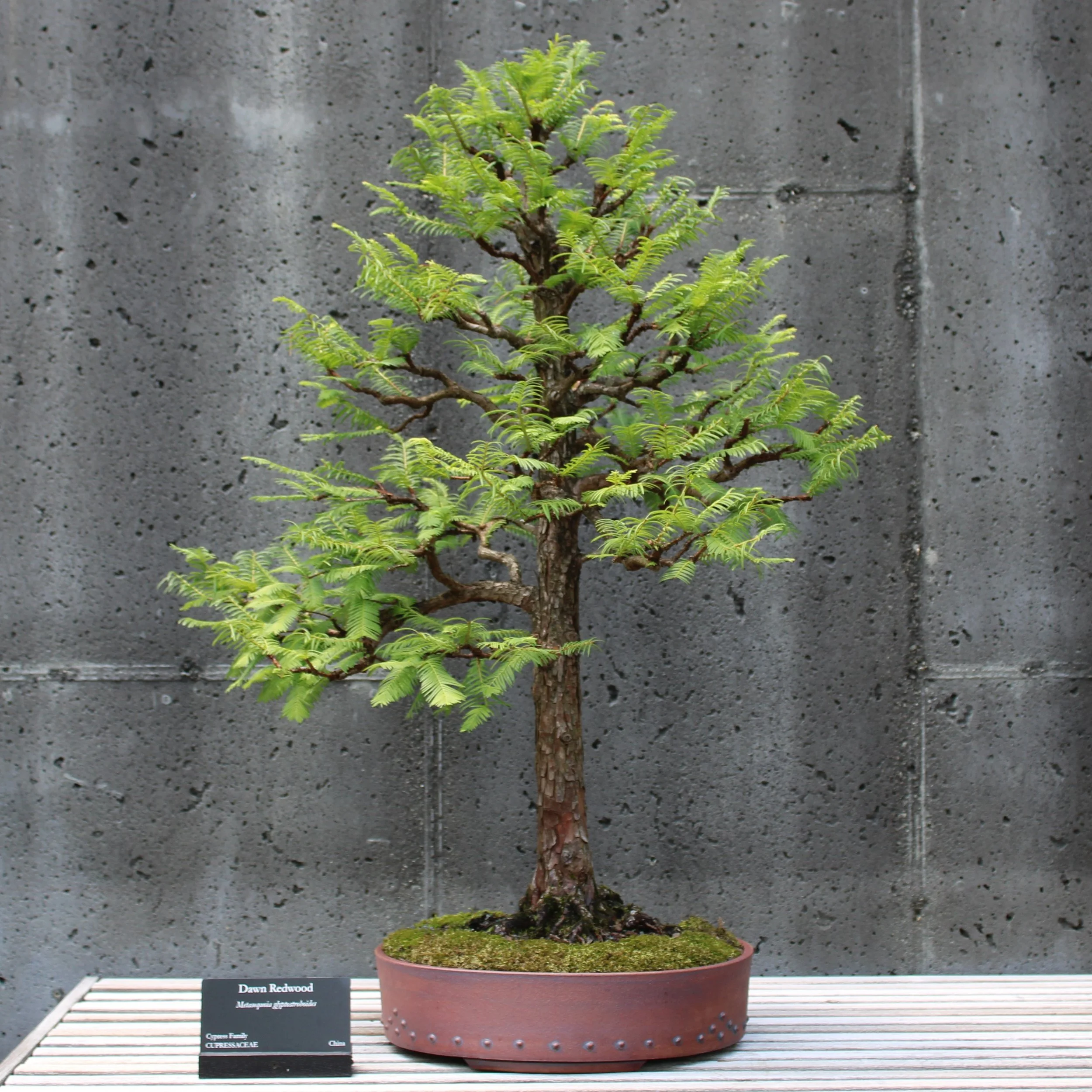


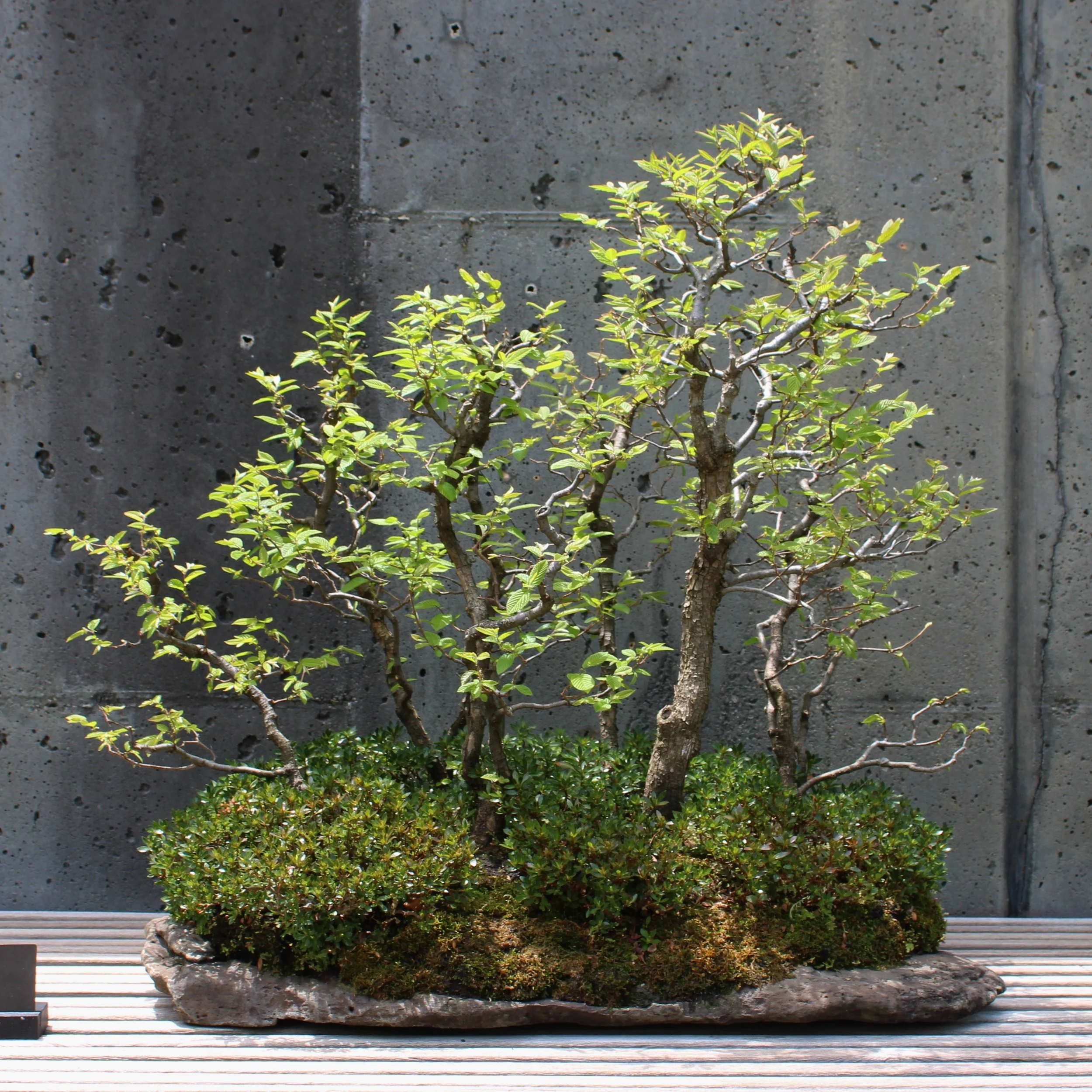




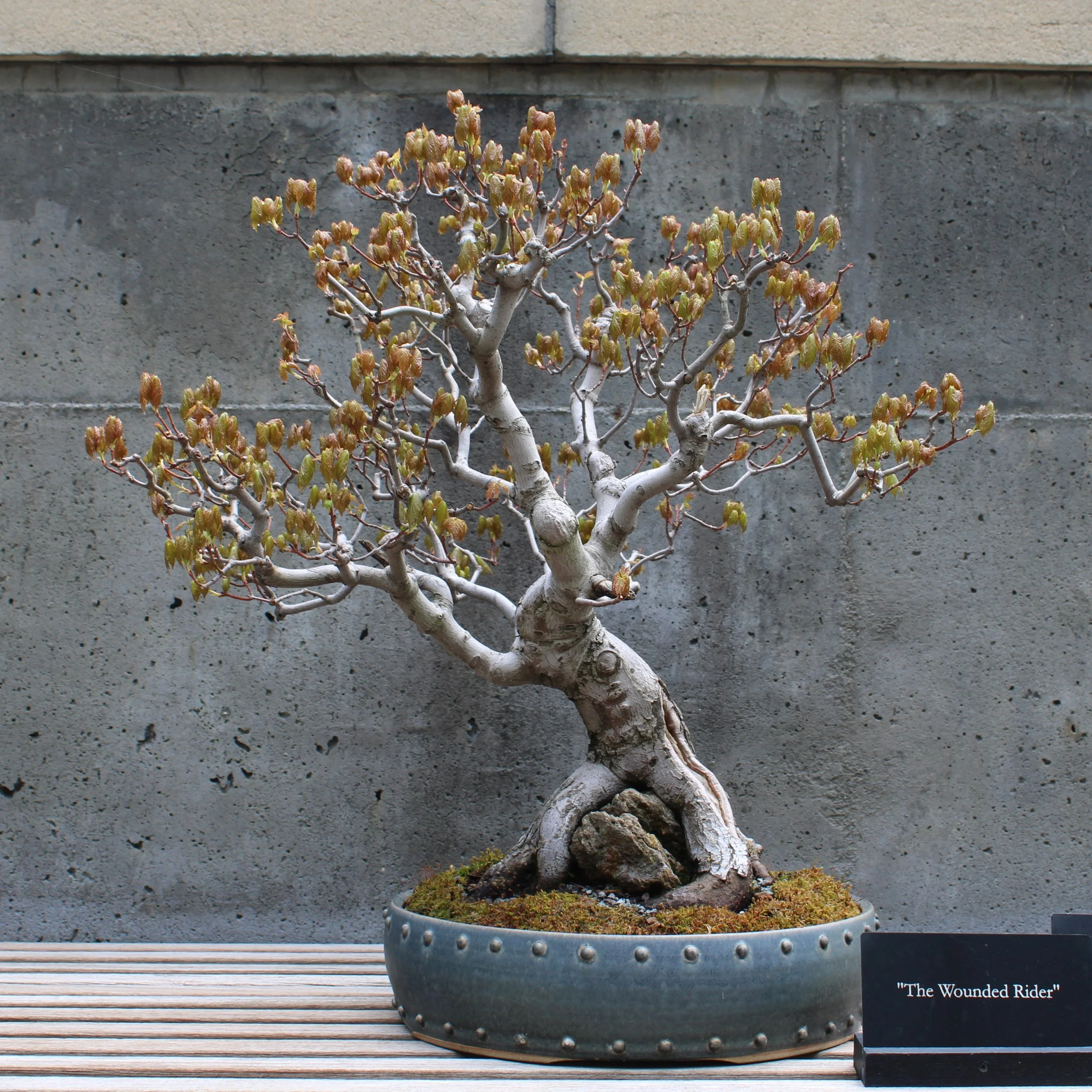
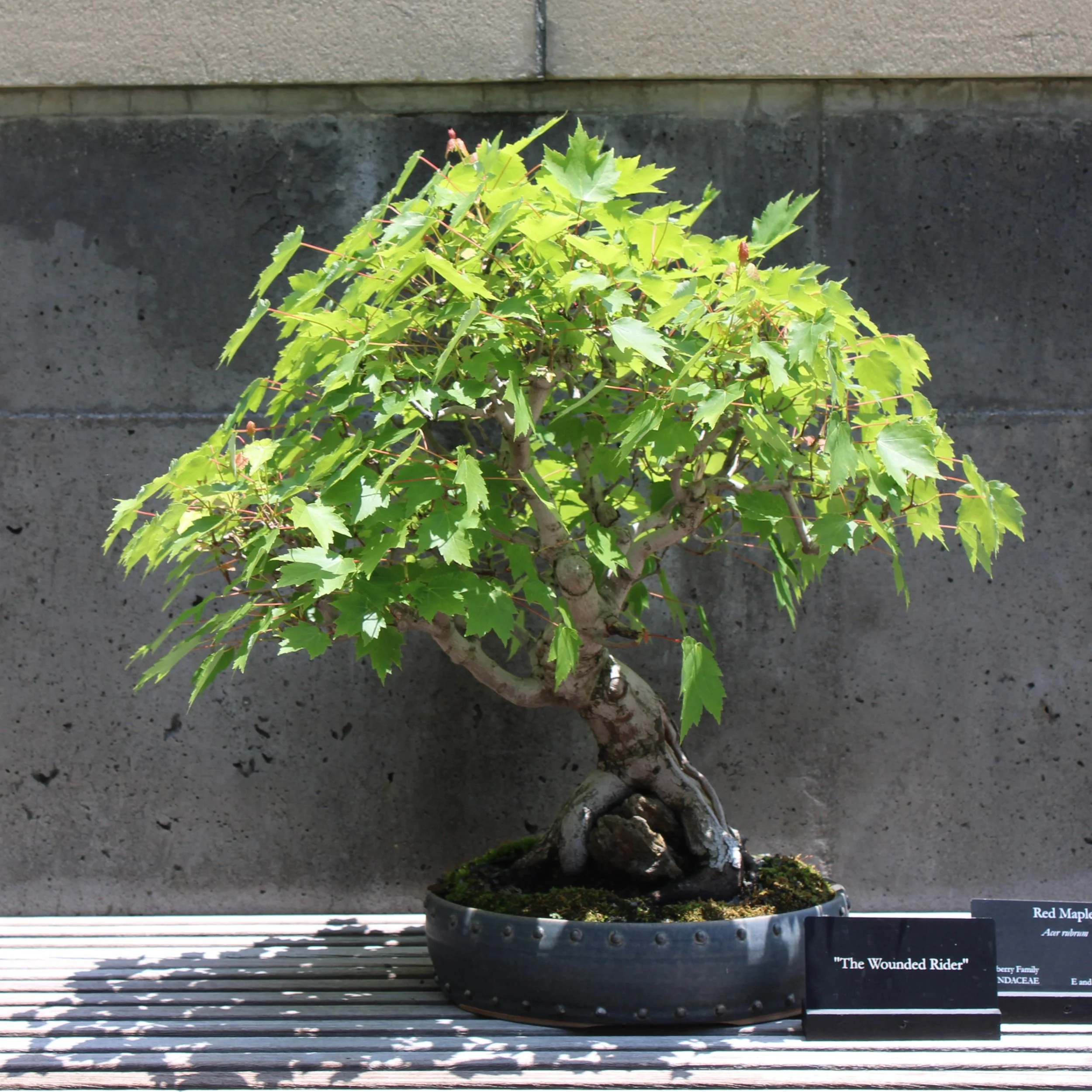

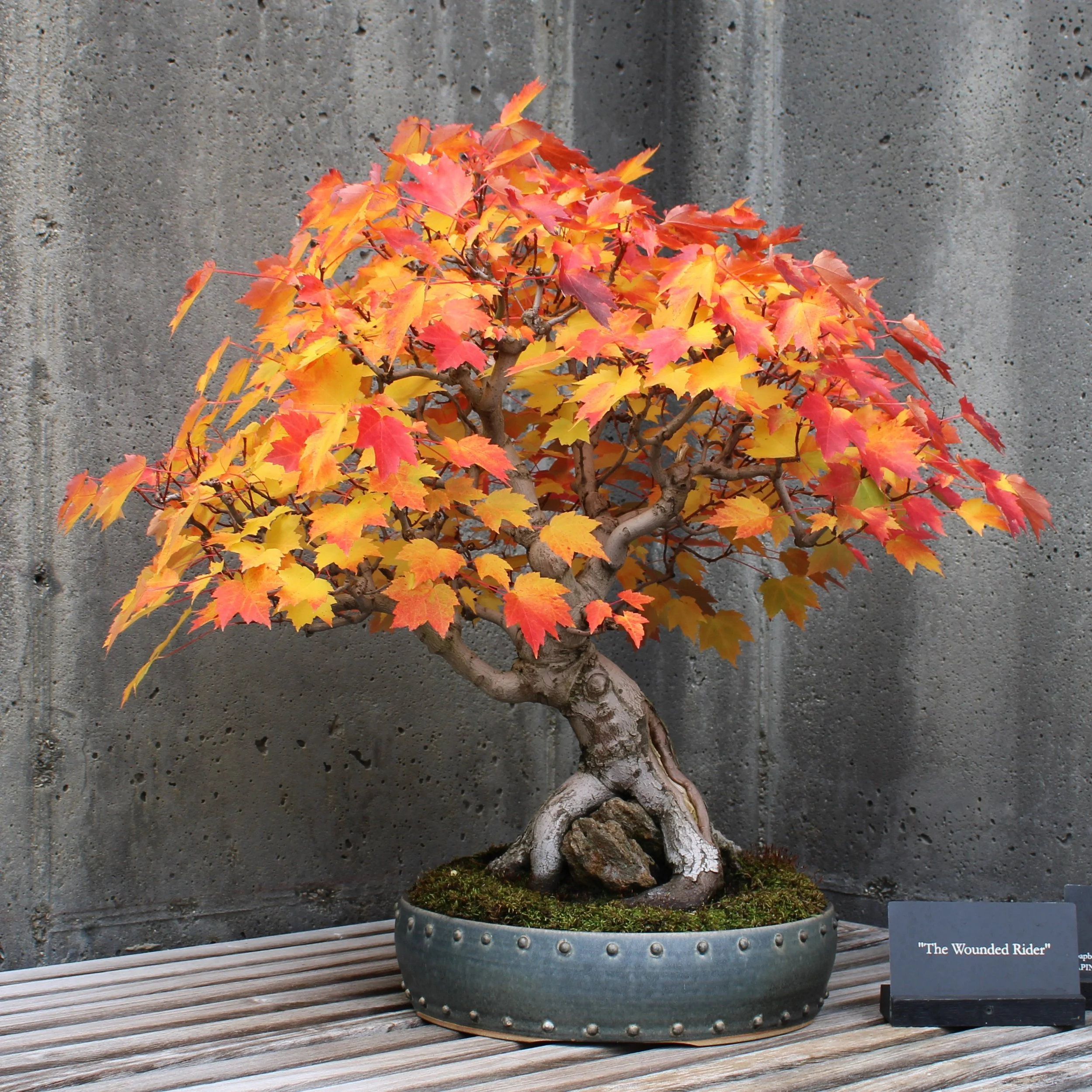
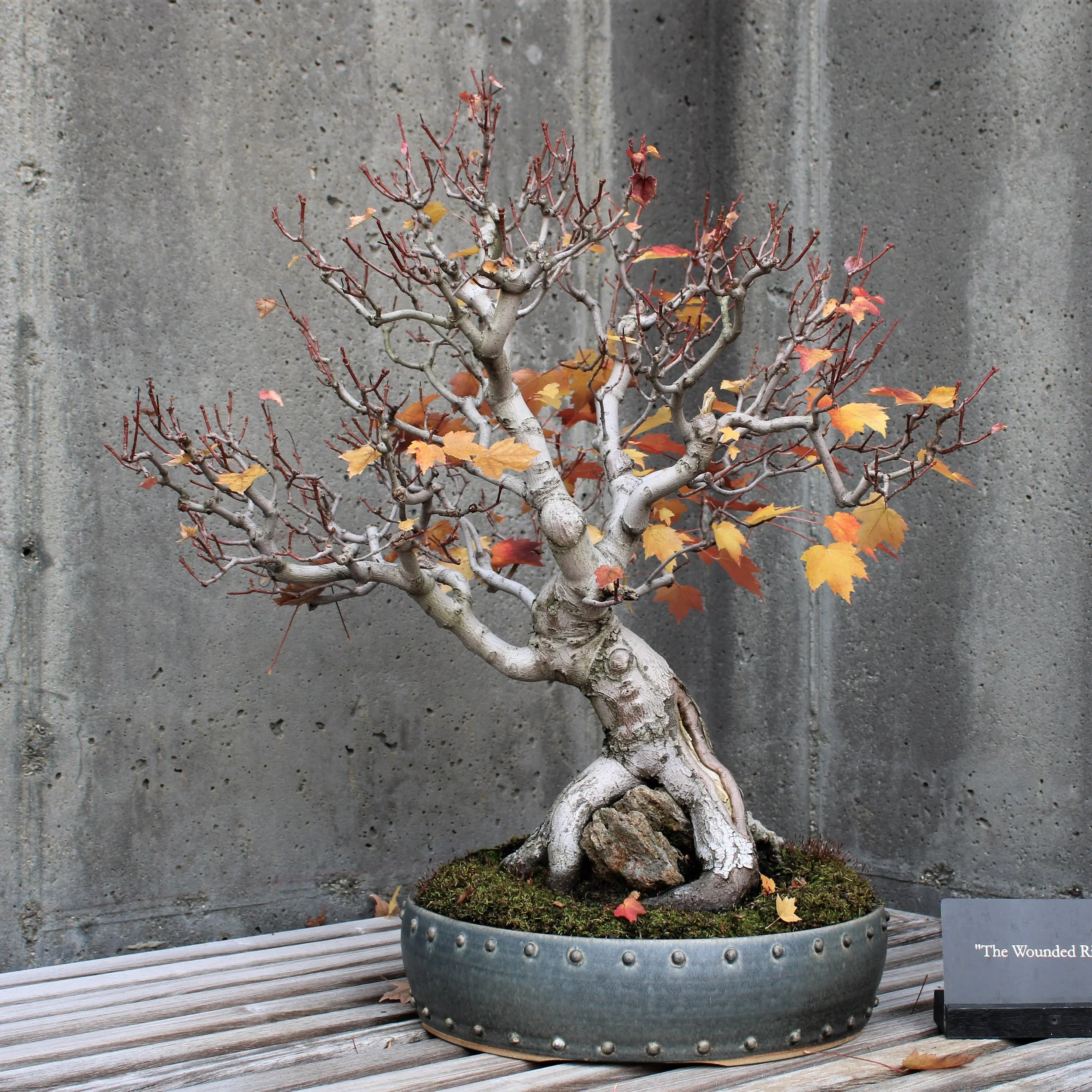




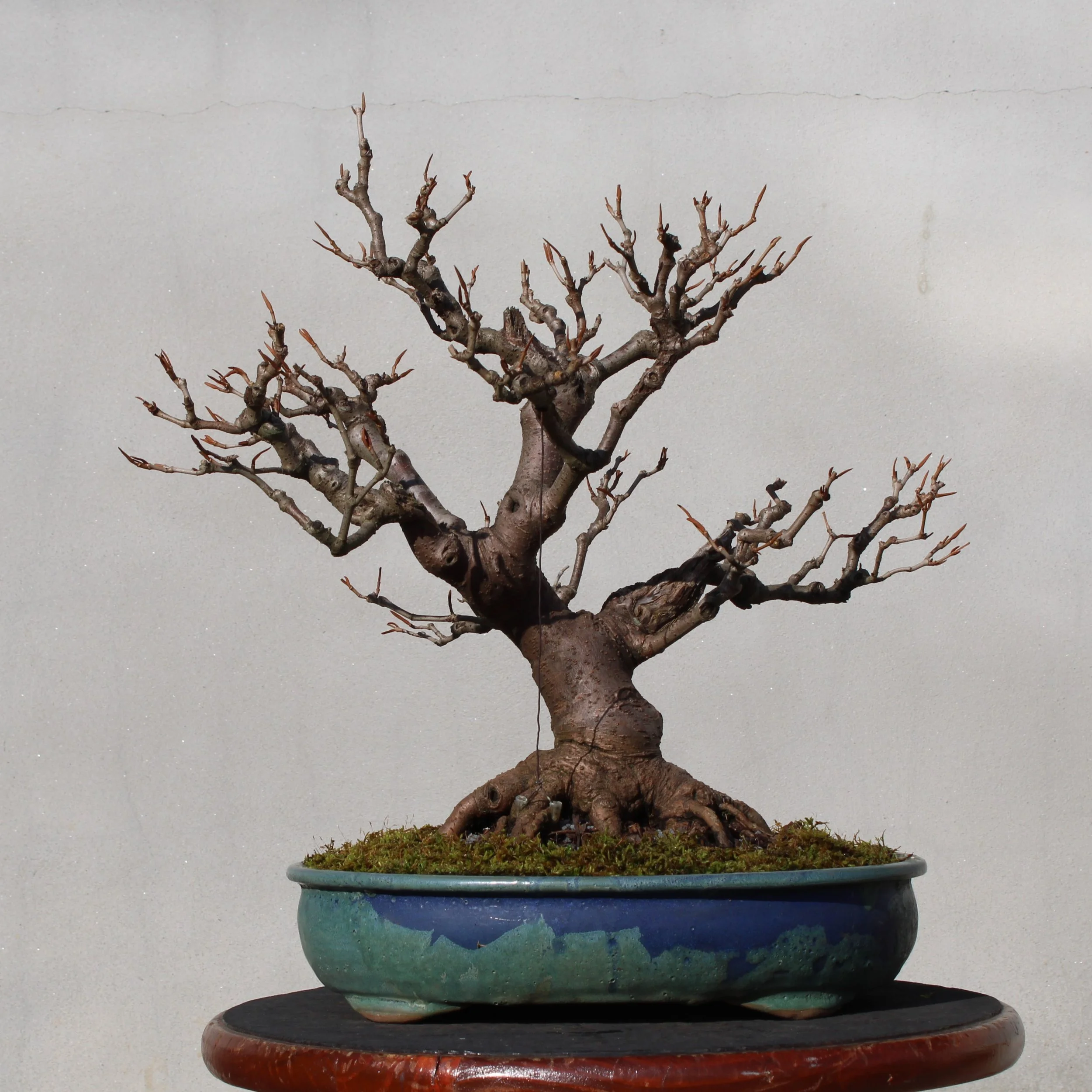
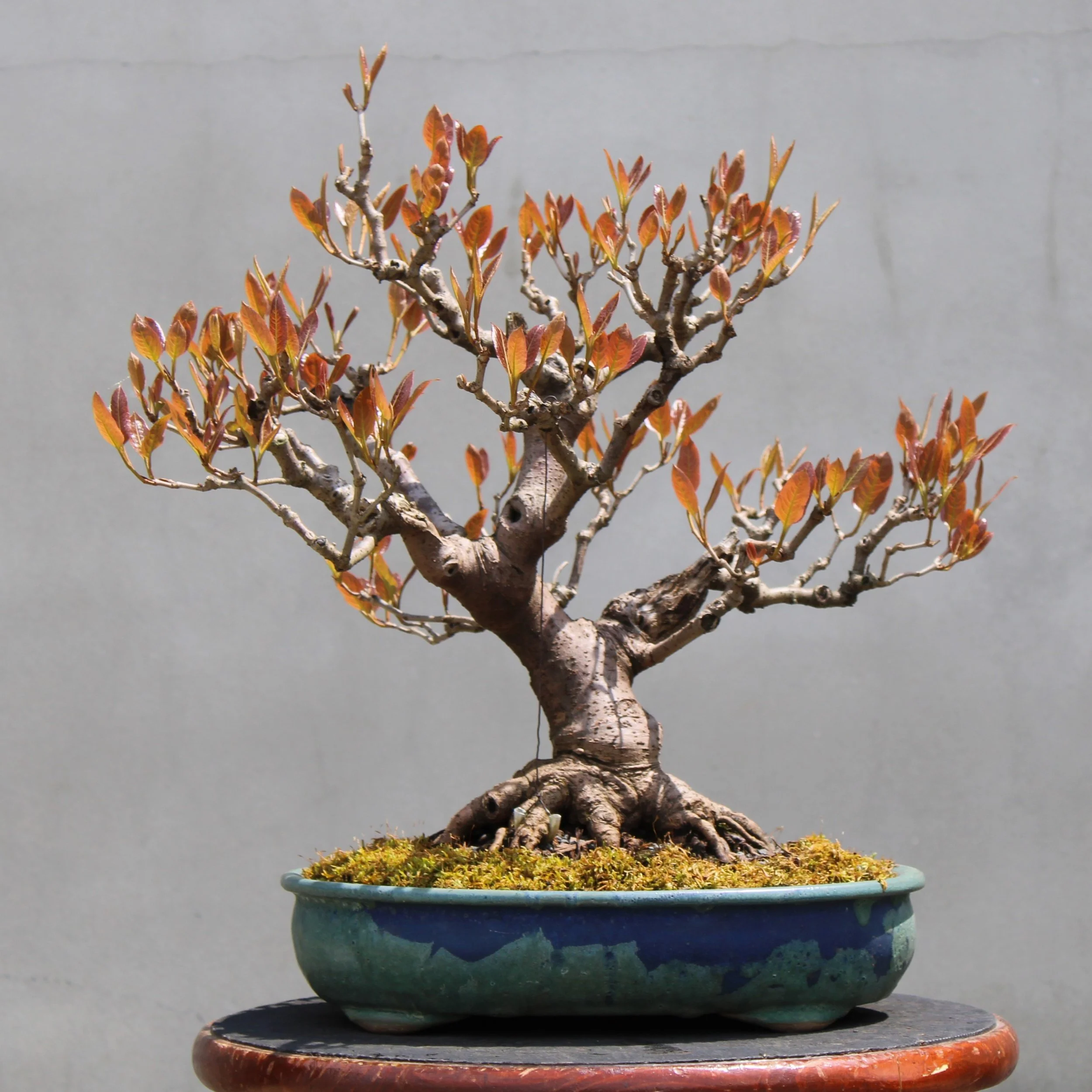

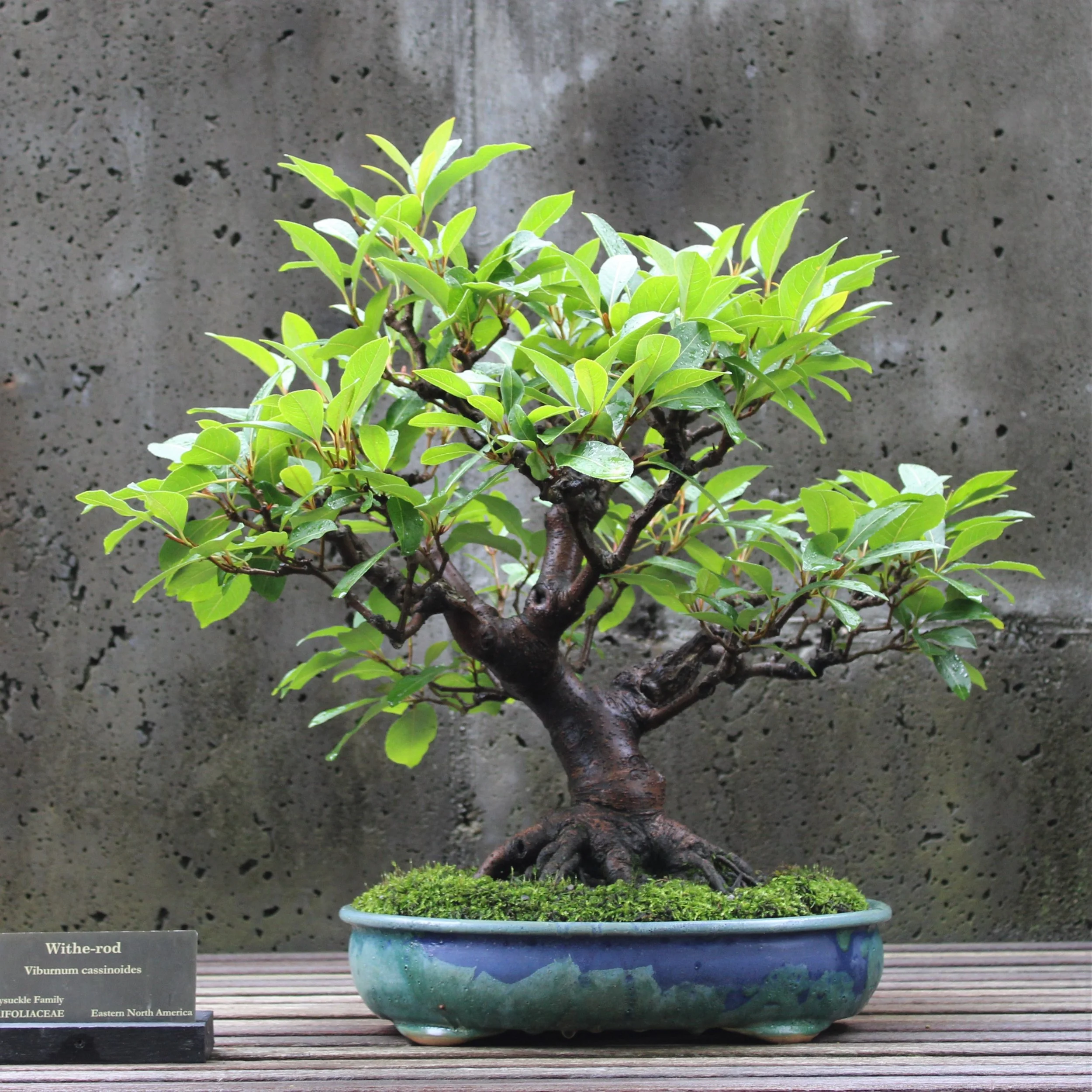
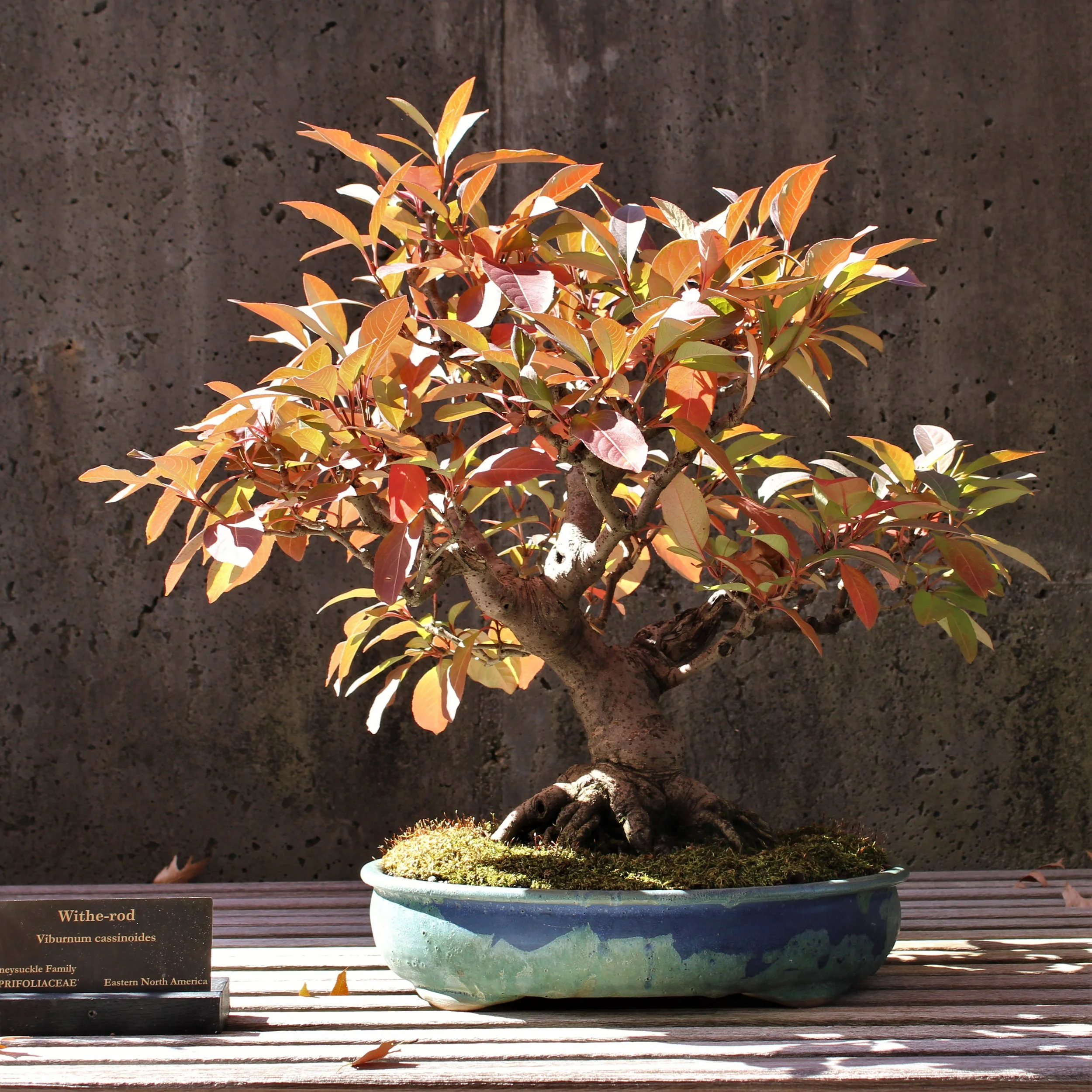

Captions may not be supported when viewing on a mobile device. Find a list of the bonsai currently on display here.
“We use bonsai as an interpretive tool to help excite people about nature, to help engage them, to make their visit to the Arboretum special... That focus exclusively on the natural aspect, that’s what sets us apart. Here, bonsai is a way for people to see nature differently. ”



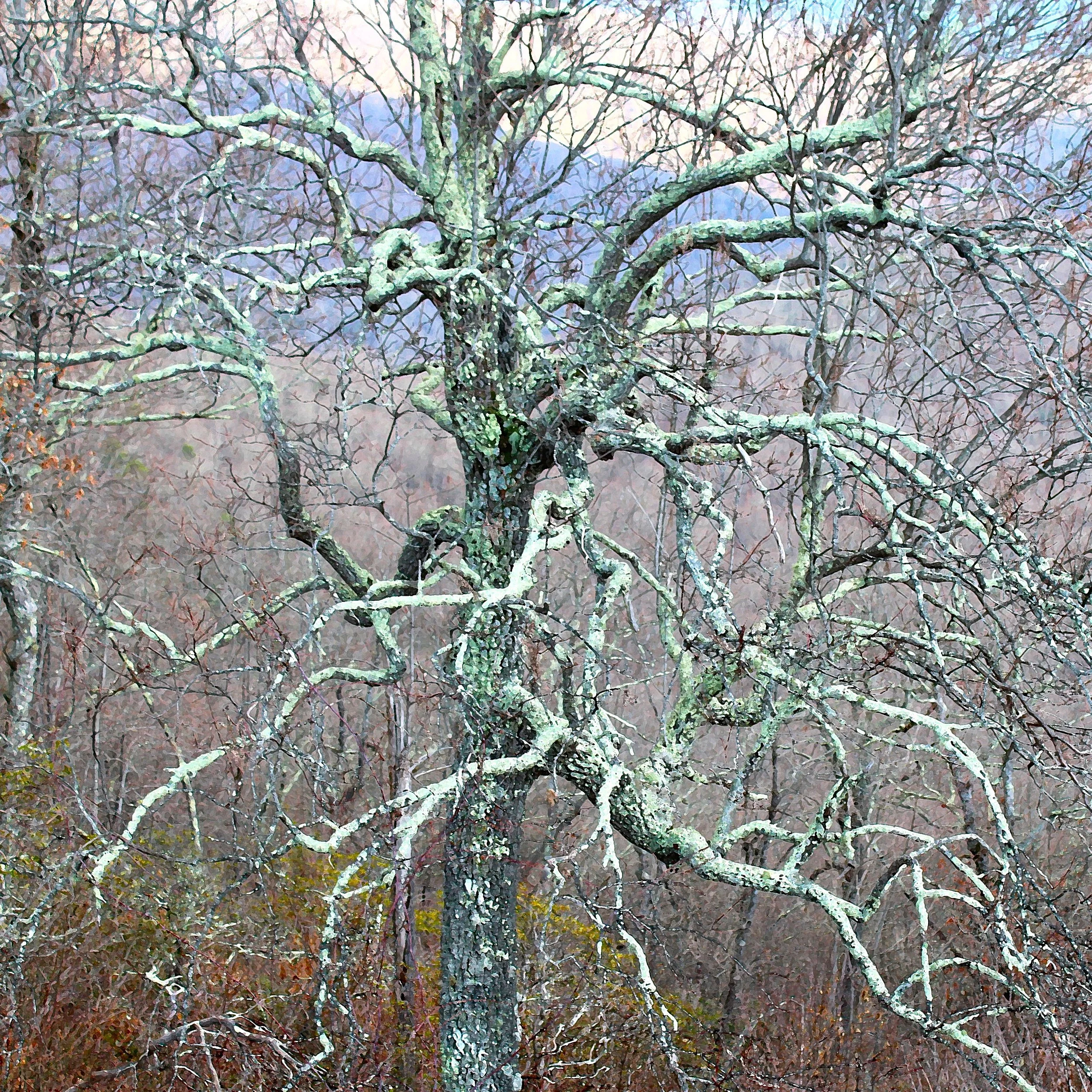

Something in the old, traditional Japanese ways resonated with Felton and soon he was seeing nature through that lens. Bonsai captured his imagination in a visceral way. But he was also attracted to Japanese gardens and ikebana, and Japanese sumi paintings of nature, and Japanese haikus about nature. In fact, everything that might be construed as traditional Japanese appealed to Felton, whether it related directly to nature or not.